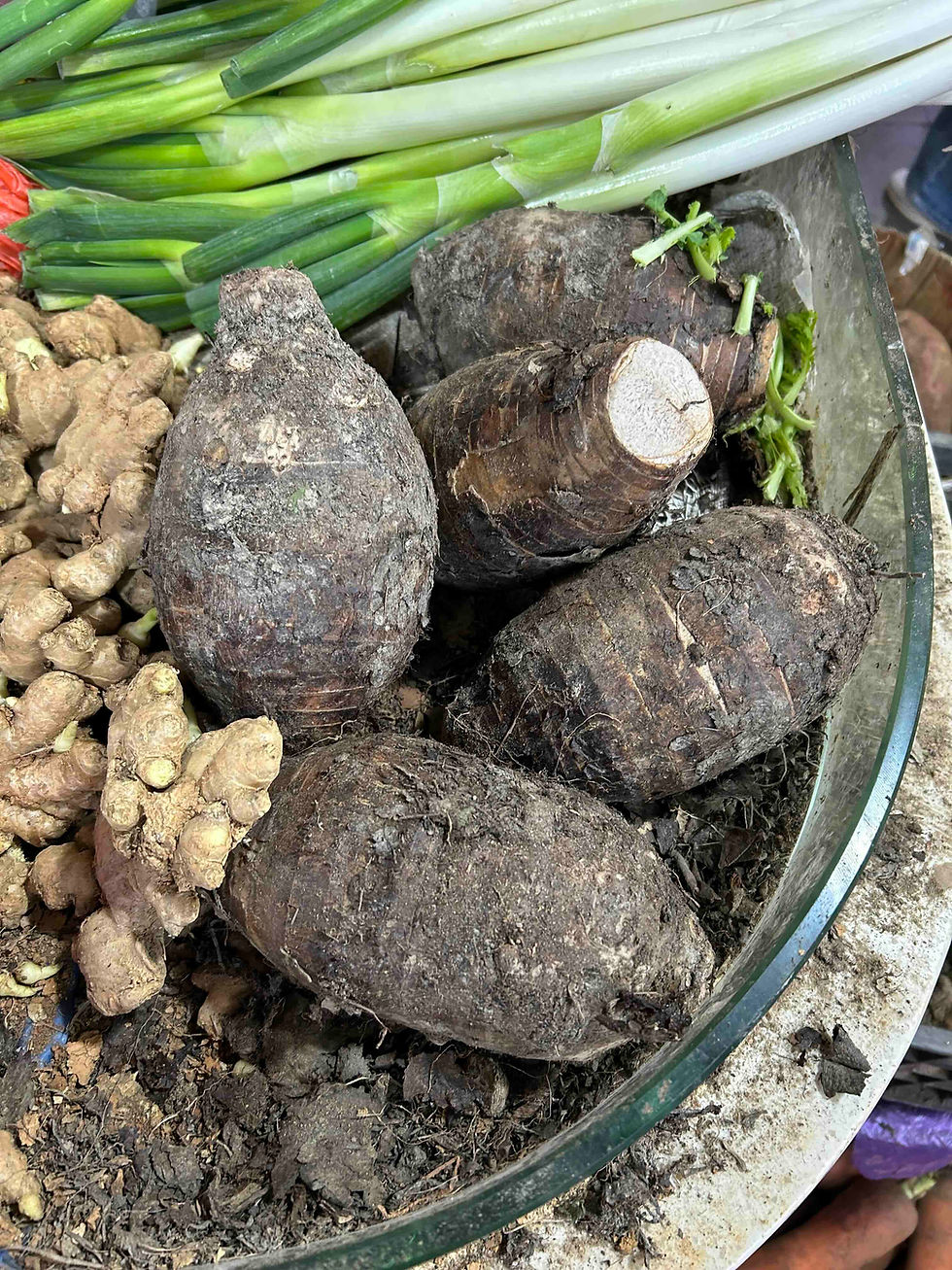On mosquitoes, the more ferocious ones
- Rachelle

- Jun 16
- 1 min read
相傳江淮間有驛,呼露筋。嘗有人醉止其處,一夕,白鳥姑嘬,血滴筋露而死。據江德藻《聘北道記》云:“自邵伯棣三十六里,至鹿筋,梁先有邏。此處足白鳥,故老云,有鹿過此,一夕為蚊所食,至曉見筋,因以為名。”
Legend has it that between the Yangtze River and the Huai River, there was a post station called Lujin [reading “Tendons Shown”]. A drunk man once stayed there. One evening, mosquitos sucked on him; he died as his blood kept dripping until his tendons stuck out. According to Jiang Dezao’s [509-565] Pinbeidaoji, “Thirty-five miles away from Shaobodai lies Lujin [reading “Deer Tendon”], which was [Che]luo during the Liang dynasty [502-557].[1] Mosquitoes are rampant in this place. Local elders said that a deer once passed by and was bitten by mosquitoes one evening. In the morning, its tendons were visible [under the skin], hence the name of the place.”
* From Duan Chengshi 段成式 (803?-863), Youyang zazu 酉陽雜俎 (Beijing: Zhonghua shuju, 2017), vol. 2, 923.
[1] Shaobodai was located in the northwest of present-day Yangzhou, Jiangsu. The old place name Cheluo 車邏 is still in use, referring to a town in the jurisdiction of Gaoyou (north of Yangzhou).

Detail of The Mustard Seed Garden Manual of Painting, part 3, insects and flowers, vol. 1
Image credit: The Victoria and Albert Museum




Comments